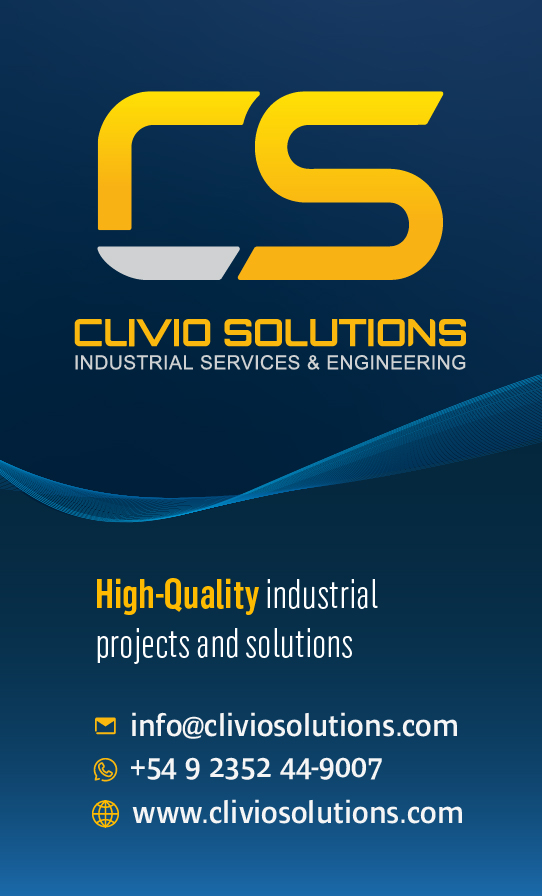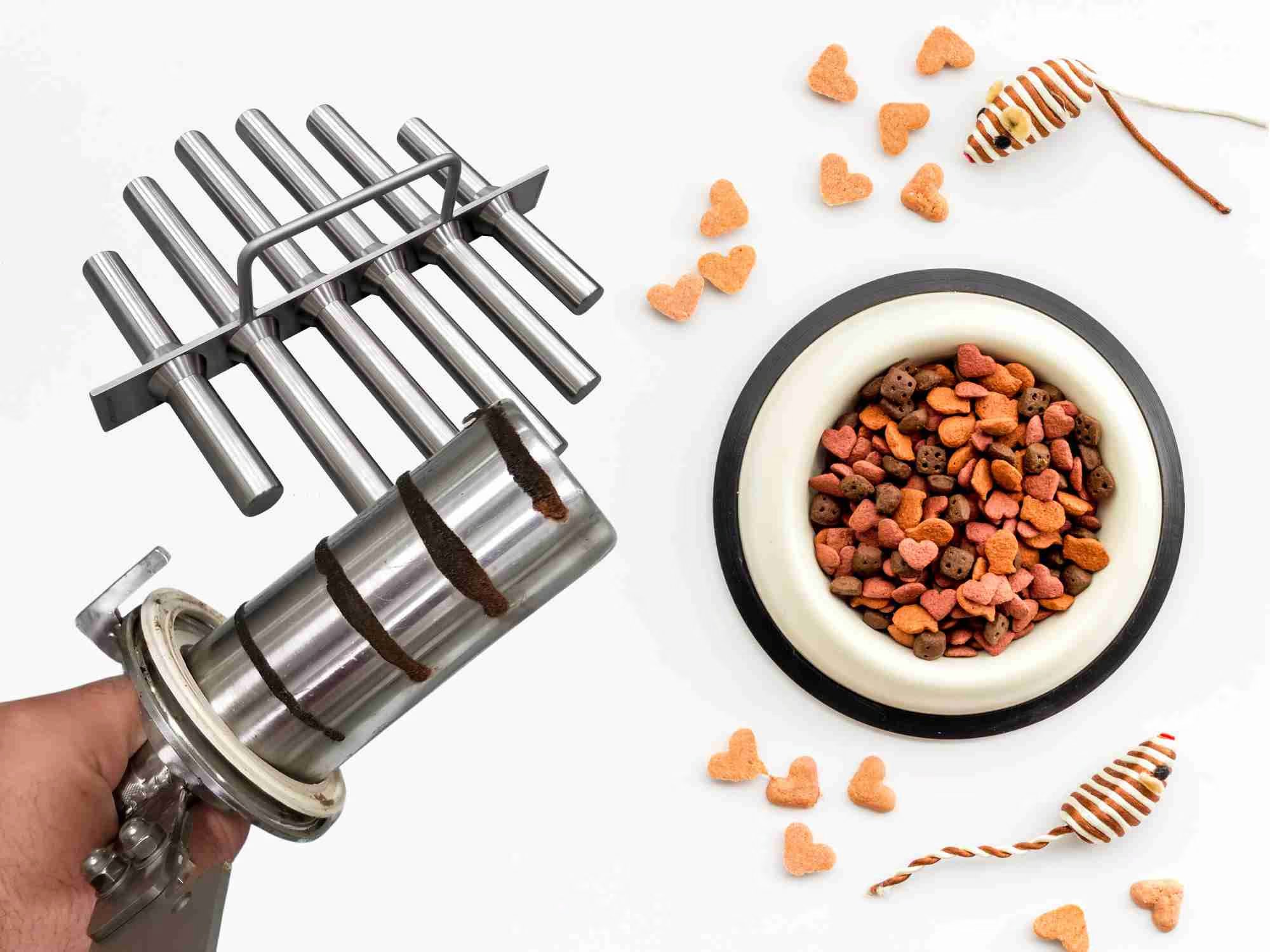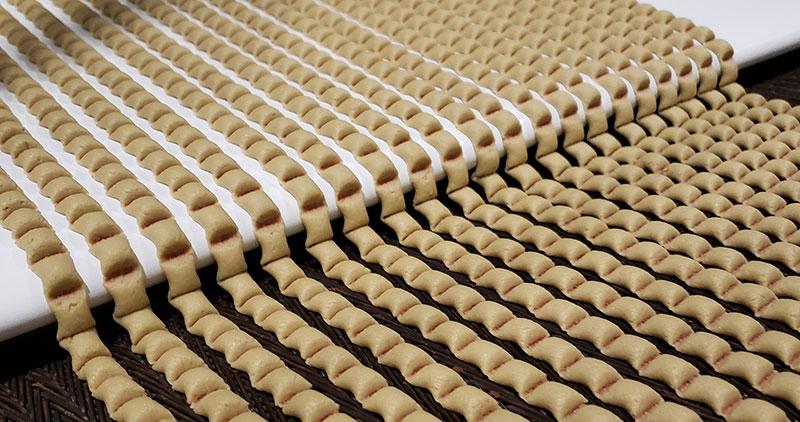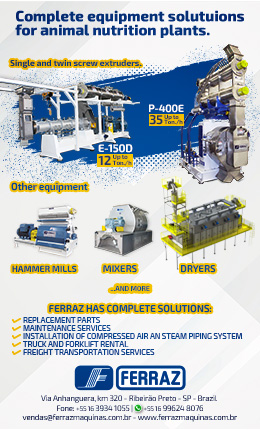It turns out that this second case mentioned inevitably leads to the first case. This is devastating, especially in an extrusion factory.
In an operation that has expensive, heavy equipment, with higher technology such as a PET FOOD / AQUAFEED factory, the result of this "policy" (or lack of ...) is increasing costs of factory expenses, and production stoppages that can drastically reduce the% use of machines available time. And this is critical for the extrusion process ... There is no use doing 10 tons per hour of production in an extruder if it works only 50 or 60% of the time ...
As if the excessive number of exchanges for the large product portfolio and the necessary cleaning of the system were not enough, a damaged equipment causes "Emergency Maintenance", and this translates into loss of production capacity, Non-Conformities, and even loss of sales ...
In most cases, the Maintenance Department (when it exists) is evaluated by several visible criteria: Time lost in Production due to emergency maintenance, Cost of labor in Maintenance, Cost of spare parts and equipment, Expenses derived from Maintenance.
Unfortunately, these last two items can be arbitrarily cut to show "good results" that can be sustained for short periods without much difficulty. In the long run, the lack of proper maintenance will increase the cost of production and hurt Customer Service ...
Once I took over the management of a factory that had not had an effective Preventive Maintenance program for some years, and in addition to the insufficient number of employees in Maintenance, for a time the previous administration had even cut the cost of lubricants.
They did it to show low costs in the sector, due to the dispute that existed between the factories ...
I made the mental association of this factory with a rebel "old woman" in her youth, who had already suffered three heart attacks ... I was just trying to "climb a ladder" (carrying production volume) and the old woman got caught in the middle out of the way, sitting and gasping ... Things went wrong, the equipment broke down in sequence, customer service was terrible, and our morale as a company before them was below ground level.
But worst of all was the fact that we were not meeting the sales volume budget, and when the field team was charged for this, the response was: 'What is the selling point? The factory cannot deliver… 'And then came a litany of individual complaints…
It took me about a year to put things in order, and with no doubt I had to extrapolate - a lot - the budget of maintenance expenses, until I replaced some equipment that was in terrible condition, in addition to the point of repairs ... (Investments in assets fixed).
What is preventive maintenance?
These are equipment repairs within a written PLAN, taking into account:
a-) Reliability index of each machine.
b-) The technical recommendations of the equipment manufacturers.
c-) Points raised by those responsible for the inspections on a regular basis (preventive inspection orders), and which as a whole aim to prevent the equipment from having to be subjected to EMERGENCY interventions that generate unscheduled production stops.
What is the lubrication program?
"The Ideal Lubrication Program" is one that certifies, with the minimum of resources and expenses, that each piece of equipment that requires lubrication receives the RIGHT LUBRICANT, THE RIGHT QUANTITY, and WITHIN THE RECOMMENDED TIME INTERVAL ".
THE MAINTENANCE / LUBRICATION SCHEDULE
There are machine maintenance and lubrication control software, some so expensive, comprehensive, and feature-packed that they would be better suited for preventive inspection of a Boeing 767 ...
But for those of you who do not have the time or the maintenance staff and assistants to implement such software, here is a 6 STEP, low cost and low resource / time advice from the Production Manager, using Excel calculation worksheets.
1-) Make a detailed list of all the equipment in your factory.
2-) Prepare an Excel table to eventually print in ISO A0 format (1189 mm x 841 mm) - divide it into rows and columns.
3-) In the first column put the list of all your teams - it will happen that a complex team will require some additional lines just for this.
Ex: On extruder: add lines for bearing sub-element, line for shaft / alignment sub-element, thread and liner wear sub-element, gearbox oil change sub-element , etc.
4-) In the second column, the heading is the indication of the frequency of verification, lubrication, alignment, etc. of each team and sub-element (D = daily, S = weekly, Q = biweekly, M = monthly, BA = biannual, A = yearly)
4-) Make another 52 columns, each one corresponding to a week of the year.
5-) With the equipment manufacturer's manual in hand, mark with an 'X' the weeks in which the equipment must be lubricated / inspected.
Example: In the CONDITIONER item, sub item BEATERS, the frequency of verification of wear and the angle is annual, so in this particular line, there will only be 1 (one) 'X' indicating in which week of the year you will do this - at least.
Add the items for the factory buildings to the table ...
6-) If you do not have a Maintenance Supervisor (this is very common), put this chart in your office and the spreadsheet on your computer, and face yourself the task of commanding and monitoring this lubrication and preventive maintenance program.
Make a model of maintenance ORDER: it will be used for preventive and corrective. If you perform maintenance without a work order, you will not be able to control the performance of your staff in terms of spending hours, and even request more personnel resources for your Director if you have "Maintenance Hours Overdue".
In short: use the Machine Manuals, and not just to find the code for a bearing that has broken down ...
This advice from a 6-step lubrication and preventive program in Excel may seem outdated to some, but the reality is that most PET FOOD plants deal with it. It is quite different from the one seen in multinationals, which have complete maintenance teams to carry out controls.
Author: Fernando Raizer
You could be interested: RBS Baked Pet Food Systems: Optimized, Automated Solutions for Baked Pet Treats and Baked Kibble (Part 2)
About author
José Fernando RaizerSince April 2002 - Director of Raizer Consultoria, Projetos e Formaçãos ltda. Member of the Technical Committee of the Brazilian College of Animal Nutrition. Speaker at the Brazilian College of Animal Nutrition - CBNA Author of periodical technical articles for the magazines PET FOOD BRASIL (Editor Stilo), INDUSTRIAL POULTRY AND INDUSTRIAL SWINECULTURE (Editor Gessuli), and ALL EXTRUDED MAGAZINE, Argentina. From March 1994 to September 2001: Production and Engineering Director at Agribrands PURINA BRASIL (7 Factories). From October 1986 to February 1994 Regional Director (Business Units) in the Midwest and Rio de Janeiro regions (Purina plants in Ribeirão Preto, Inhumas and Volta Redonda) - Brazil Education: Chemistry (ETECAP), Administration with specialization in Systems Analysis (PUCC), Specialization in Process Engineering for the production of animal nutrition at Checkerboard Square Plaza – Ralston Purina – Saint louis, USA
Publisher Contents
Manufacturing Process
20/02/2025
RBS Baked Pet Food Systems: Optimized, Automated Solutions for Baked Pet Treats and Baked Kibble (Part 1)
02/10/2024


























